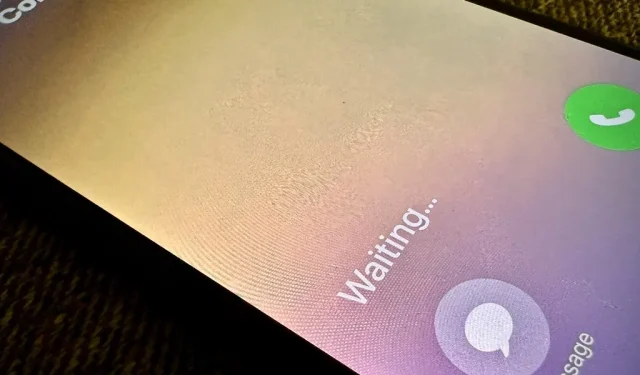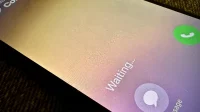Visual Voicemail revolutionized phone calls and the voicemail system when Apple introduced it with the original iPhone. With iOS 17, Apple is revolutionizing voicemail again with Live Voicemail. This feature uses speech-to-text technology to show you voicemail transcriptions on the incoming call screen in real time, helping you decide if it’s important enough to answer the call.
Currently, Live Voicemail is in beta, to be released with iOS 17 this fall. This feature will initially work with iOS 17-compatible iPhone models in Canada and the U.S. set to English. Live Voicemail is currently available to use in either the developer or public beta of iOS 17 if you’d like to test it out before its stable release.
How Live Voicemail Works
Live Voicemail, enabled by default, appears to be an on-device feature. Instead of contacts leaving voice messages on your carrier’s voicemail system, which would typically show up in the Voicemail tab in the Phone app or in your carrier’s own app, depending on your provider, Live Voicemail intercepts the call and does not reroute the voice message to the carrier.
Apple uses a preset greeting or your custom greeting to tell callers to leave a message, and the result will show up as Live Voicemail on your iPhone’s screen when possible, and the complete recording will appear in the Phone app. The Neural Engine of your iPhone transcribes the voice messages locally, protecting your privacy from both Apple and your carrier.
Sending a Call to Live Voicemail
Live Voicemail is enabled by default on your iPhone, and you can double check that it’s on by going to Settings –> Phone –> Live Voicemail. To send a call to Live Voicemail, you can either ignore the call or tap the “Voicemail”button on the incoming call screen.
If you’ve silenced your iPhone and have it face down or tucked away, the call should still be sent to Live Voicemail. However, if your iPhone is turned off or there’s no coverage in your area, the carrier’s regular voicemail system will kick in.
When the number is unknown, or you have Silence Unknown Callers turned on in Phone’s settings, then the caller may be sent to Live Voicemail automatically.
Callers marked as spam by carriers will instead be immediately declined, never making it to Live Voicemail. Callers that aren’t in your contacts and are not marked as spam or blocked manually can leave a Live Voicemail as long as Silence Unknown Callers is turned off. In these cases, any “Decline”button you may see should be “Block”instead, so you can easily block future calls from the caller.
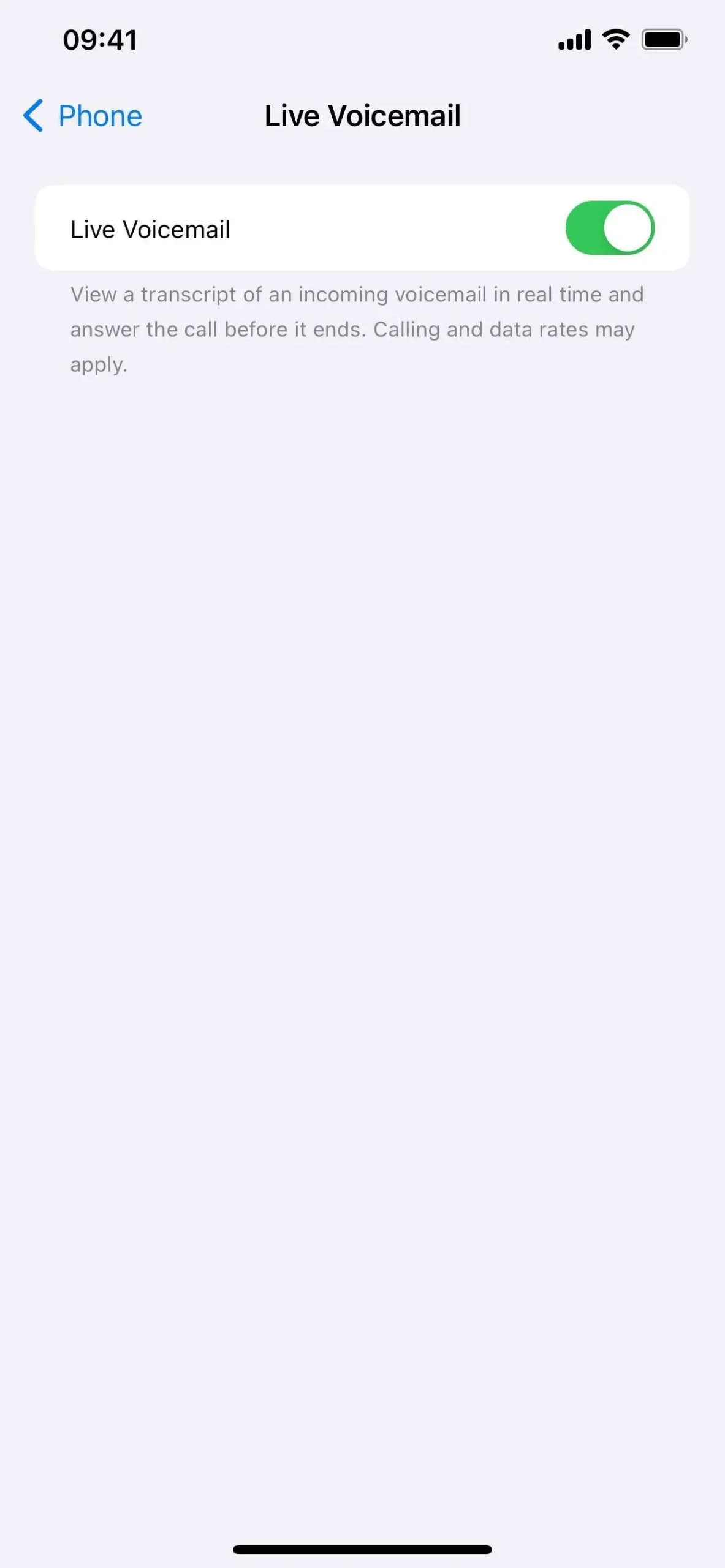
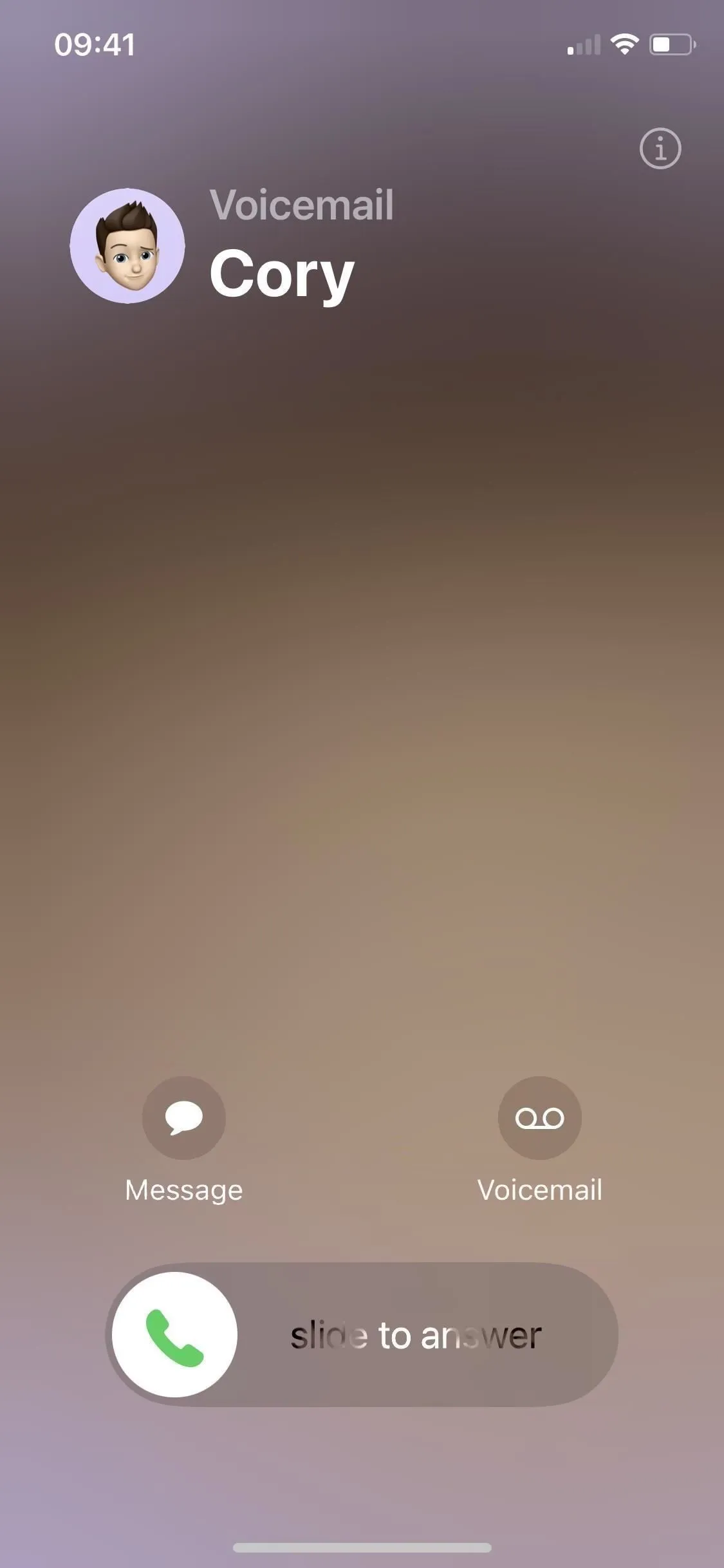
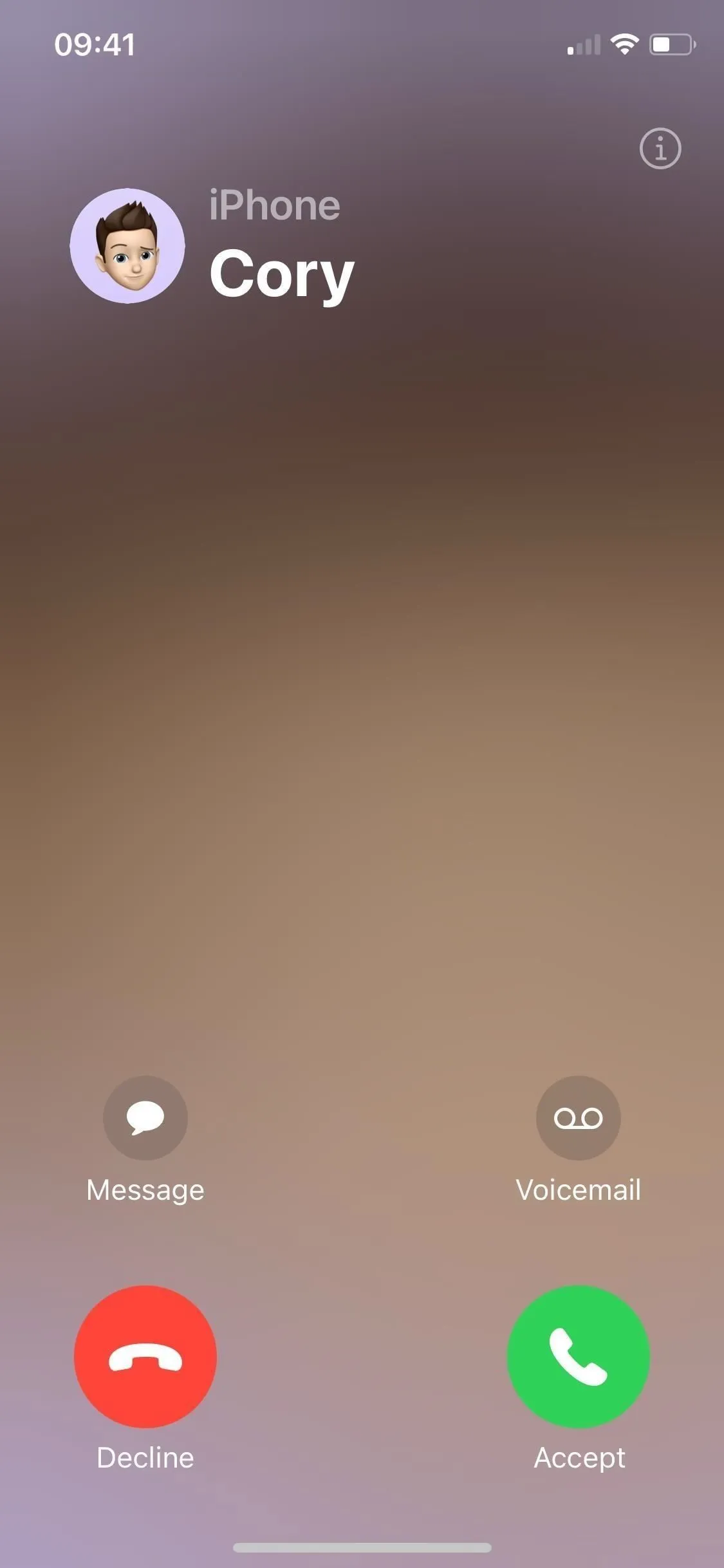
Choosing a Live Voicemail Greeting
When Live Voicemail kicks in, “answering”the call, the caller may hear Apple’s preset greeting, seen below, which mirrors traditional voicemail greetings.
Your call has been forwarded to voicemail. The person you’re trying to reach is not available. At the tone, please record your message
A previous version of this greeting (seen below) was found to be confusing, so the change is much welcomed.
After the tone, please say why you’re calling. The person you’re trying to reach might pick up.
This replaces Apple’s previous default voicemail greeting. However, if you recorded a custom greeting before updating to iOS 17, that greeting may play instead. To record a new greeting, go to Phone –> Voicemail –> Greeting. If you don’t see “Greeting”there, your carrier does not support custom greetings for Live Voicemail.
Viewing a Live Voicemail
Once the caller begins speaking after the Live Voicemail greeting, their speech is transcribed to text in real time on your iPhone. How you see this real-time transcription depends on if your iPhone is on the Lock Screen or elsewhere.
When on the Lock Screen:
The incoming call screen will appear. Whether you tap “Voicemail”or ignore the call, once the Live Voicemail greeting begins, you’ll see “Waiting”above the “slide to answer”button. After the prompt, you’ll see “A message is being left”before the live transcription starts in large, easy-to-read text.
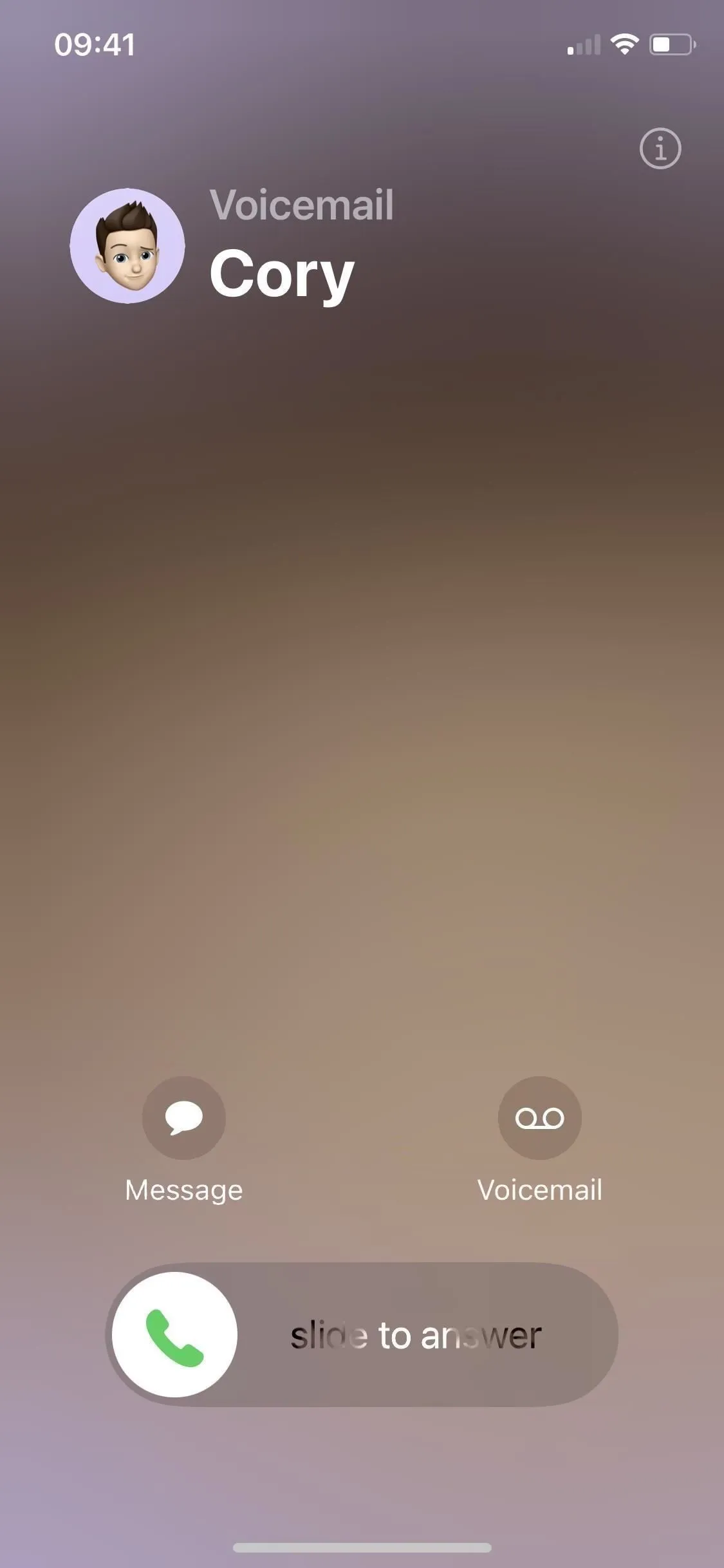
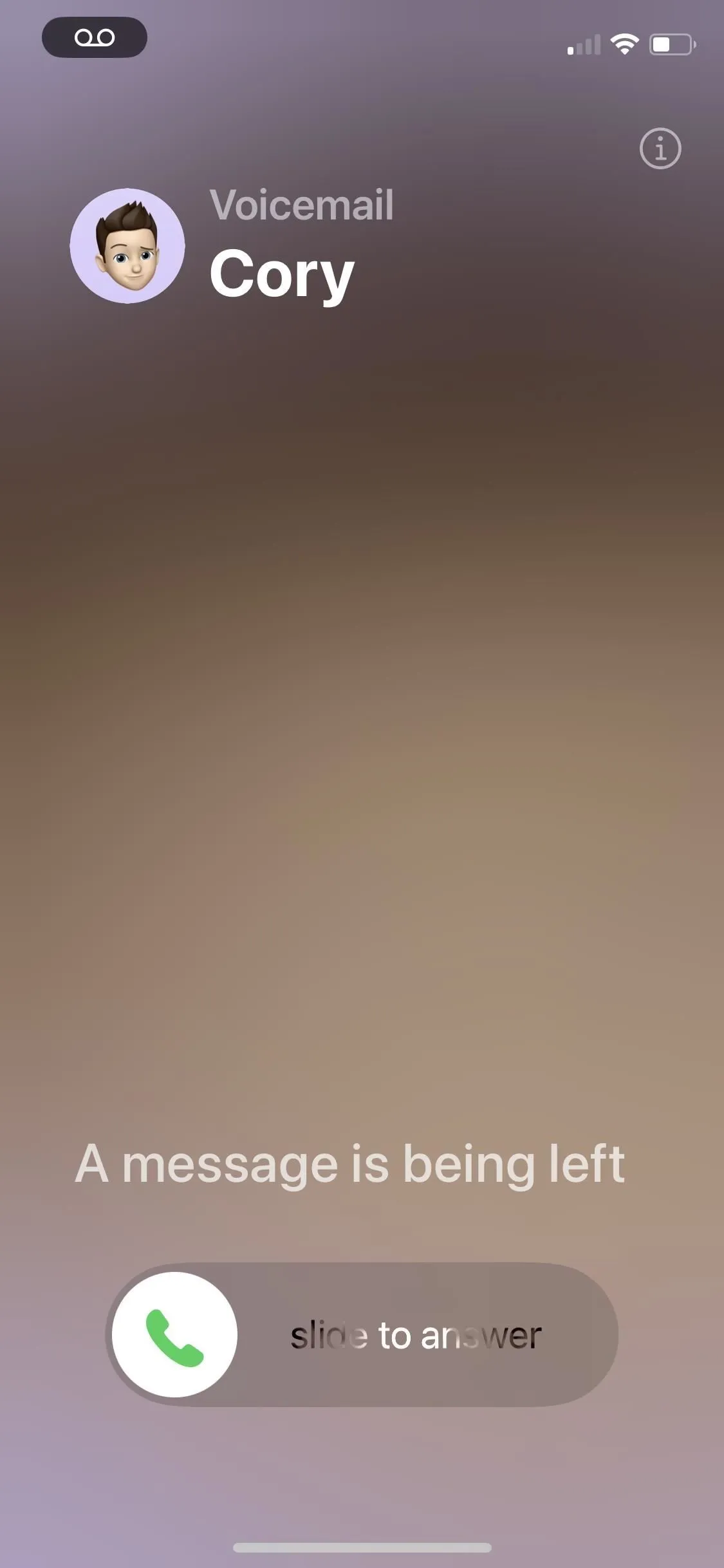
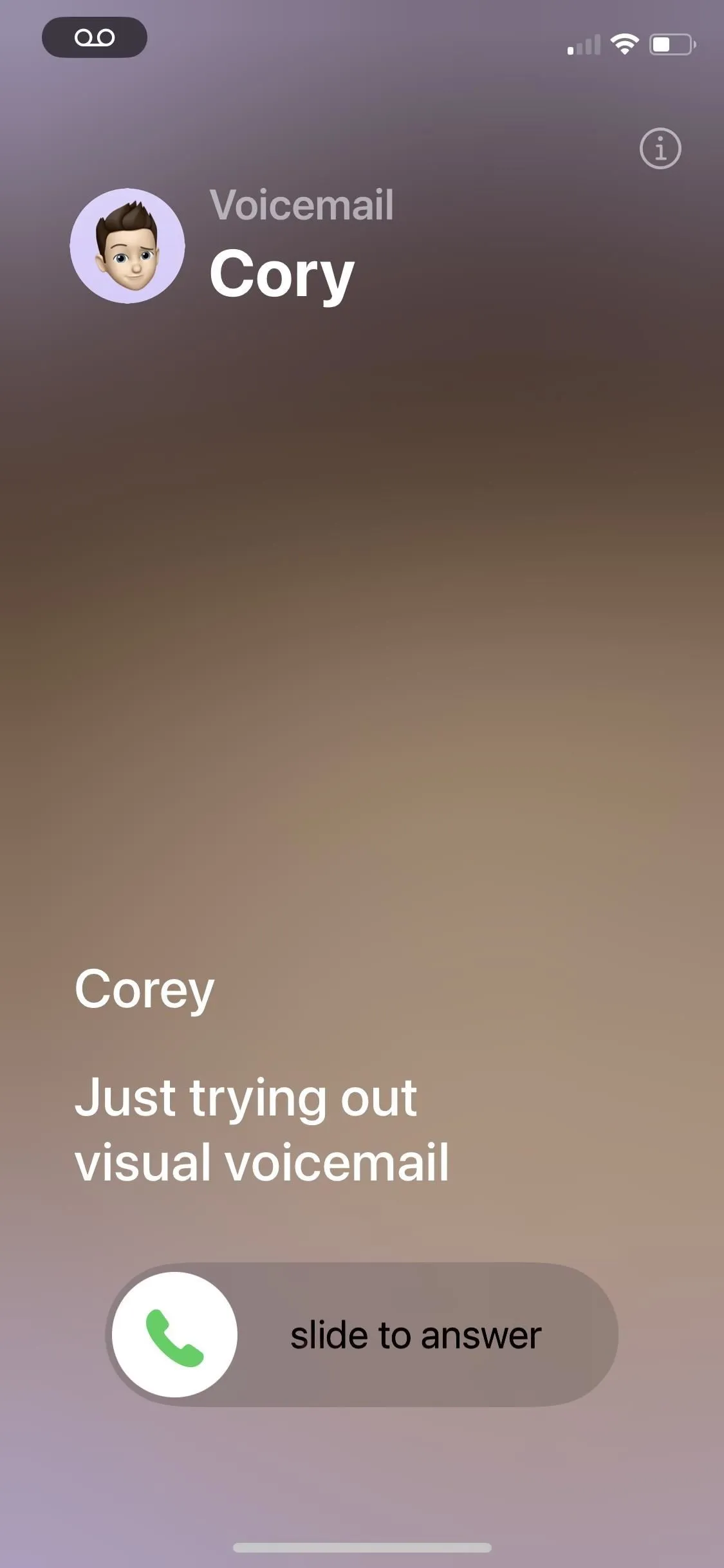
When your iPhone is not on the Lock Screen:
You may see the incoming call notification when you’re in an app, on the Home Screen, etc. Tapping the notification will open the incoming call screen. You can then tap “Voicemail”or “Decline”or ignore the call to start Live Voicemail. Once the Live Voicemail greeting begins, you’ll see “Waiting”on the screen. After the prompt, you’ll see the live transcription in large, easy-to-read text.
If you ignore the notification and it goes to Live Voicemail automatically, you can tap the voicemail icon in your status bar or Dynamic Island to open the view of Live Voicemail’s real-time transcription.
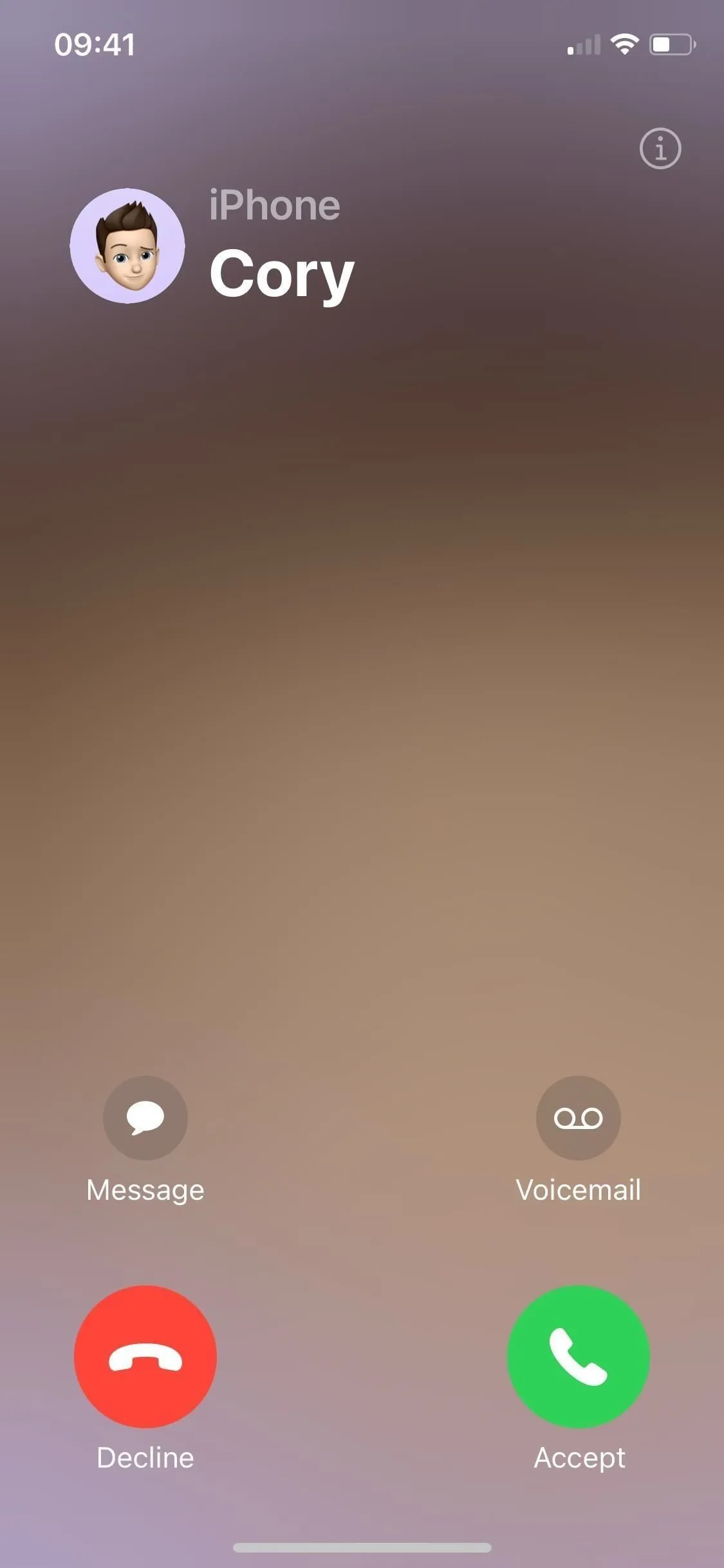
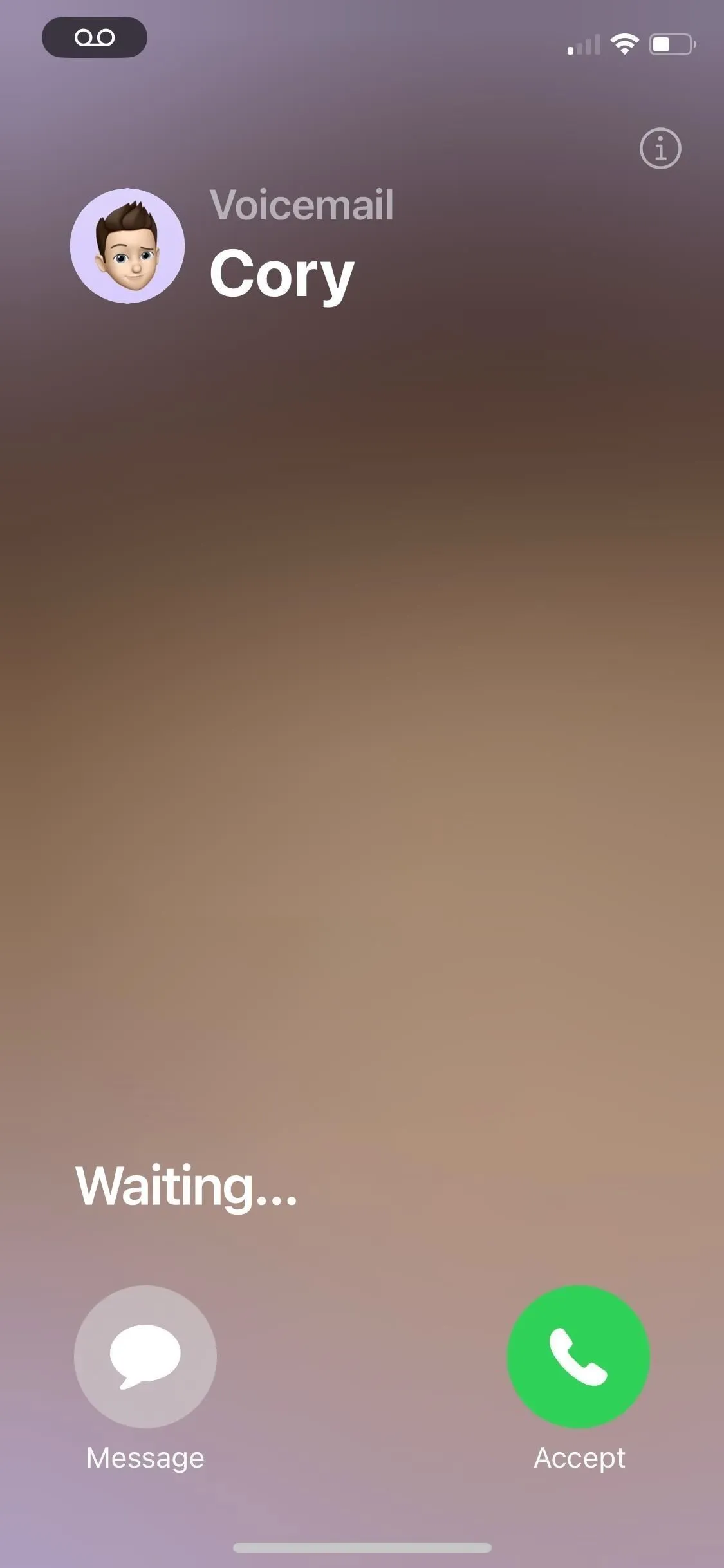
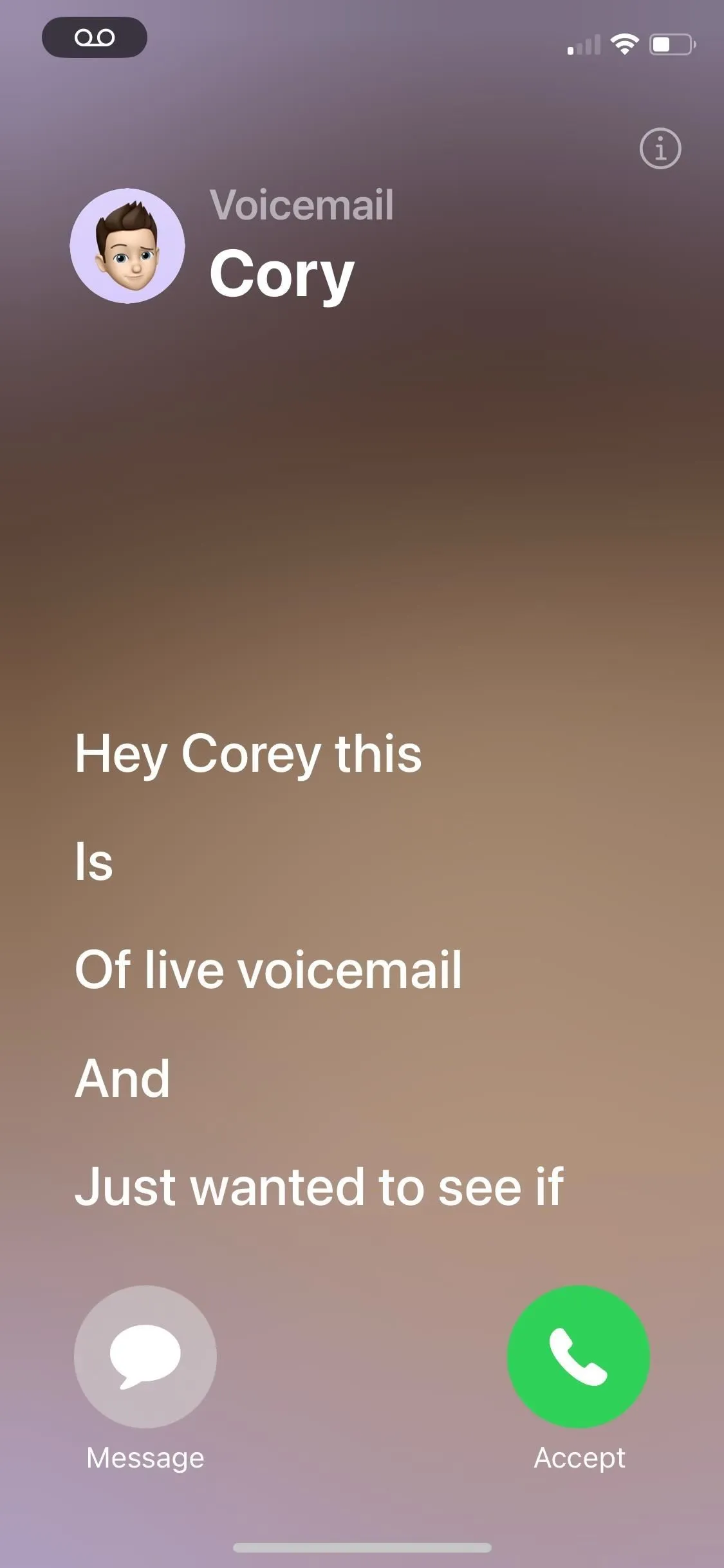
Accepting or Declining a Call
When viewing a Live Voicemail on your Lock Screen, you can use the “slide to answer”button to answer the call or ignore the call to decline it. In the other Live Voicemail interface, you can tap “Accept”to answer the call, tap “Message”to send them an SMS or iMessage (or “Block”to block the caller if they are unknown), or ignore the call to decline it. You can leave the Live Voicemail interface at any time by swiping it away or clicking the Side button.
Also new to the incoming call screen and Live Voicemail interface is an info (i) button that lets you see the contact’s information, including a Contact Poster if they have one set.
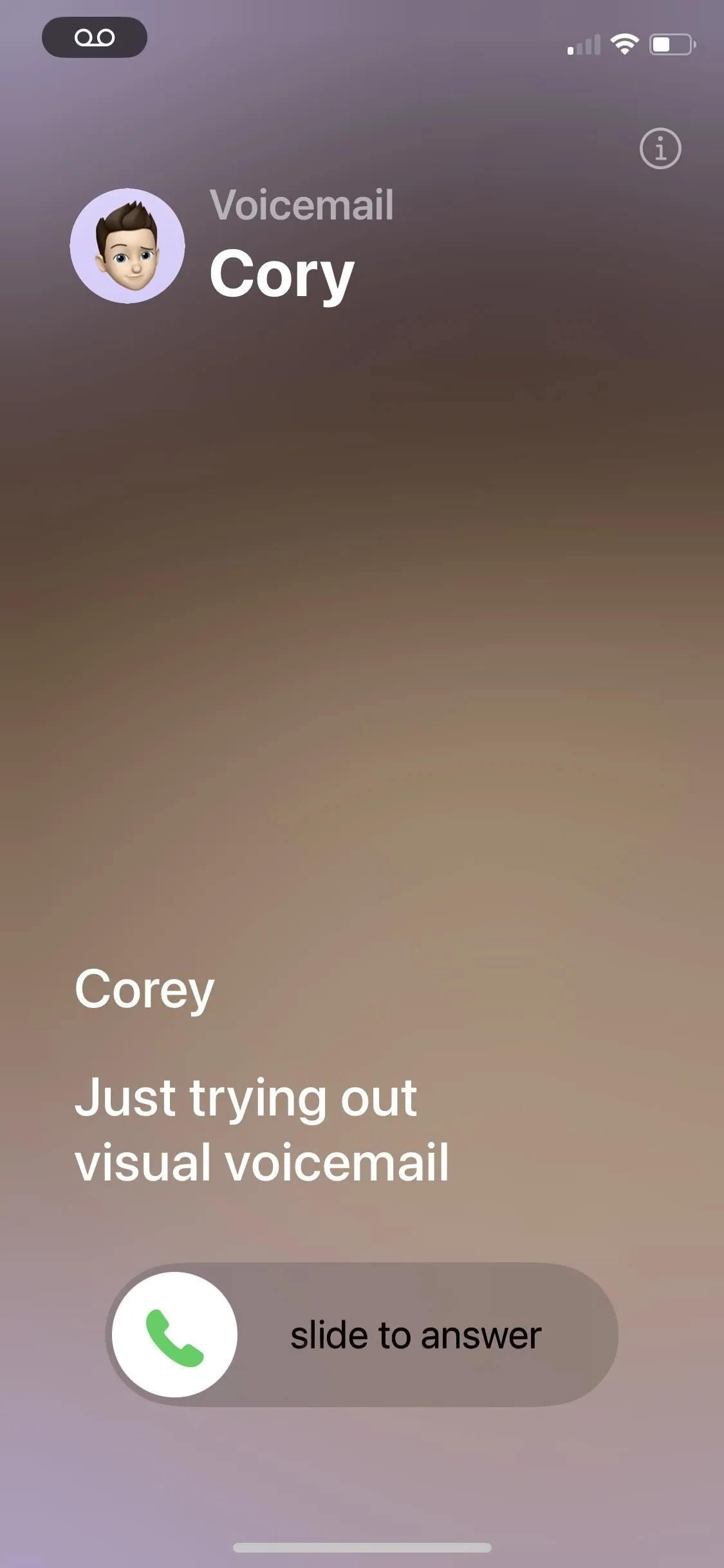
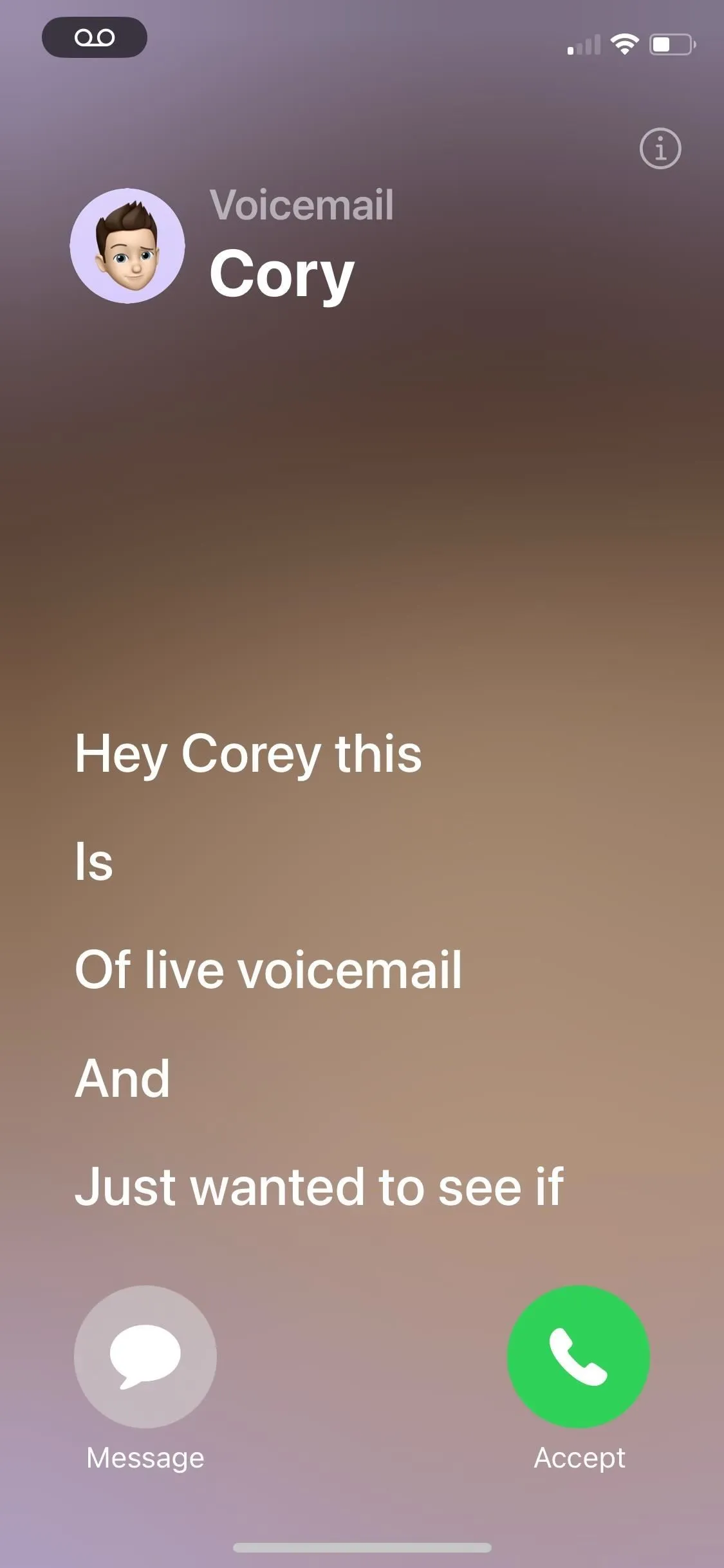

Viewing Your Live Voicemail Messages
When you ignore a Live Voicemail, the recording will be saved in the Phone app’s “Voicemail”tab if your carrier supports Apple’s Visual Voicemail. Like with regular voicemails, you’ll see the caller, time, length of the message, transcription, delete button, and playback controls. These Live Voicemail messages may also be found in the “Recents”tab under the missed call — tap the Live Voicemail message to see all your options.
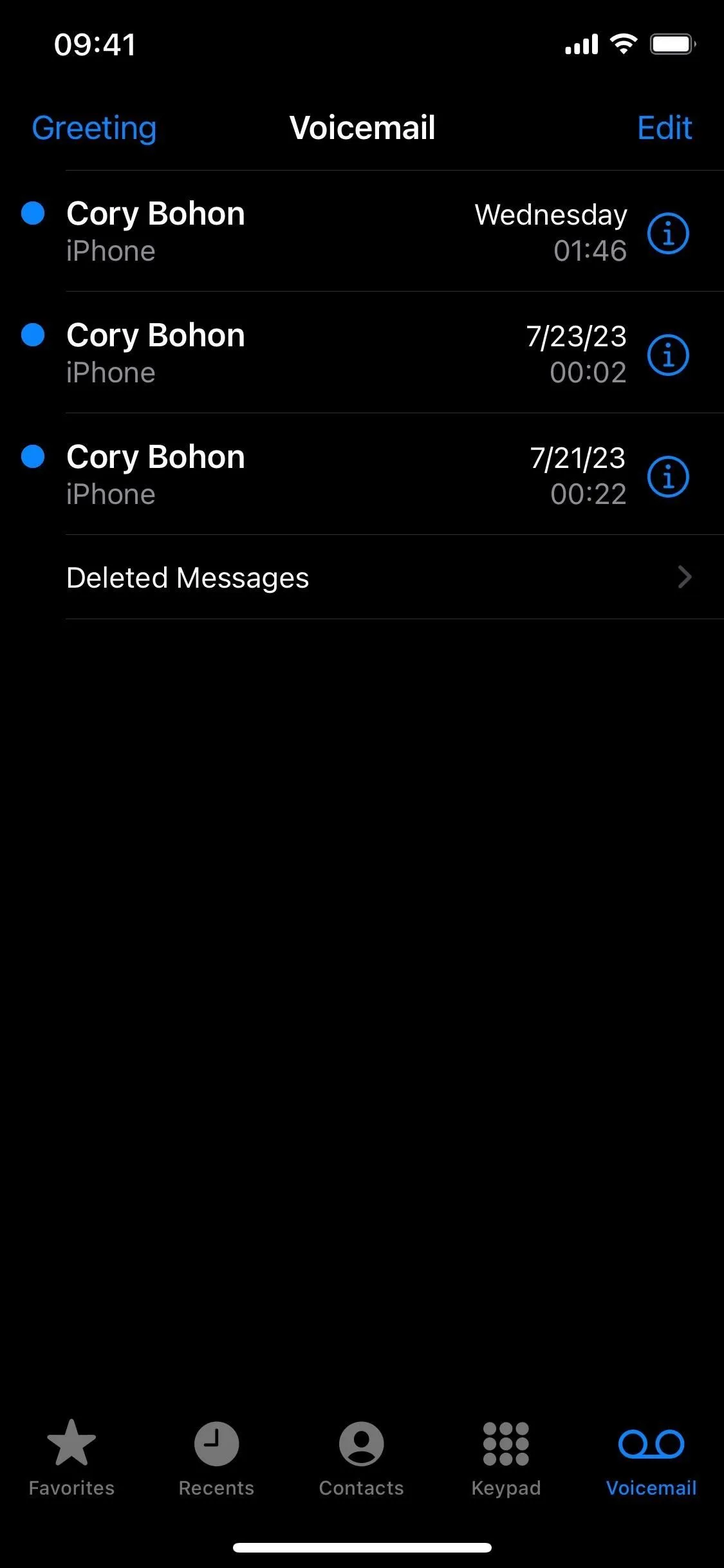
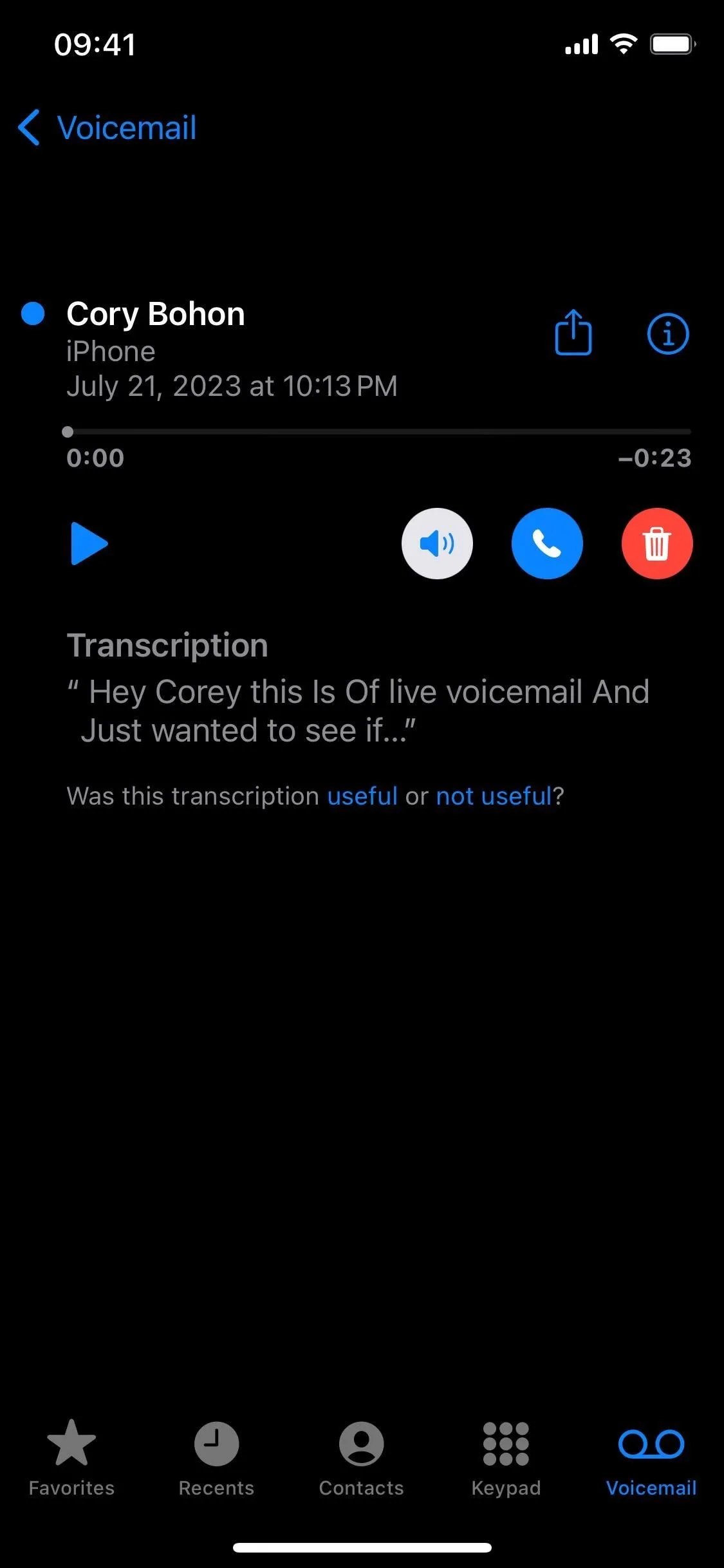
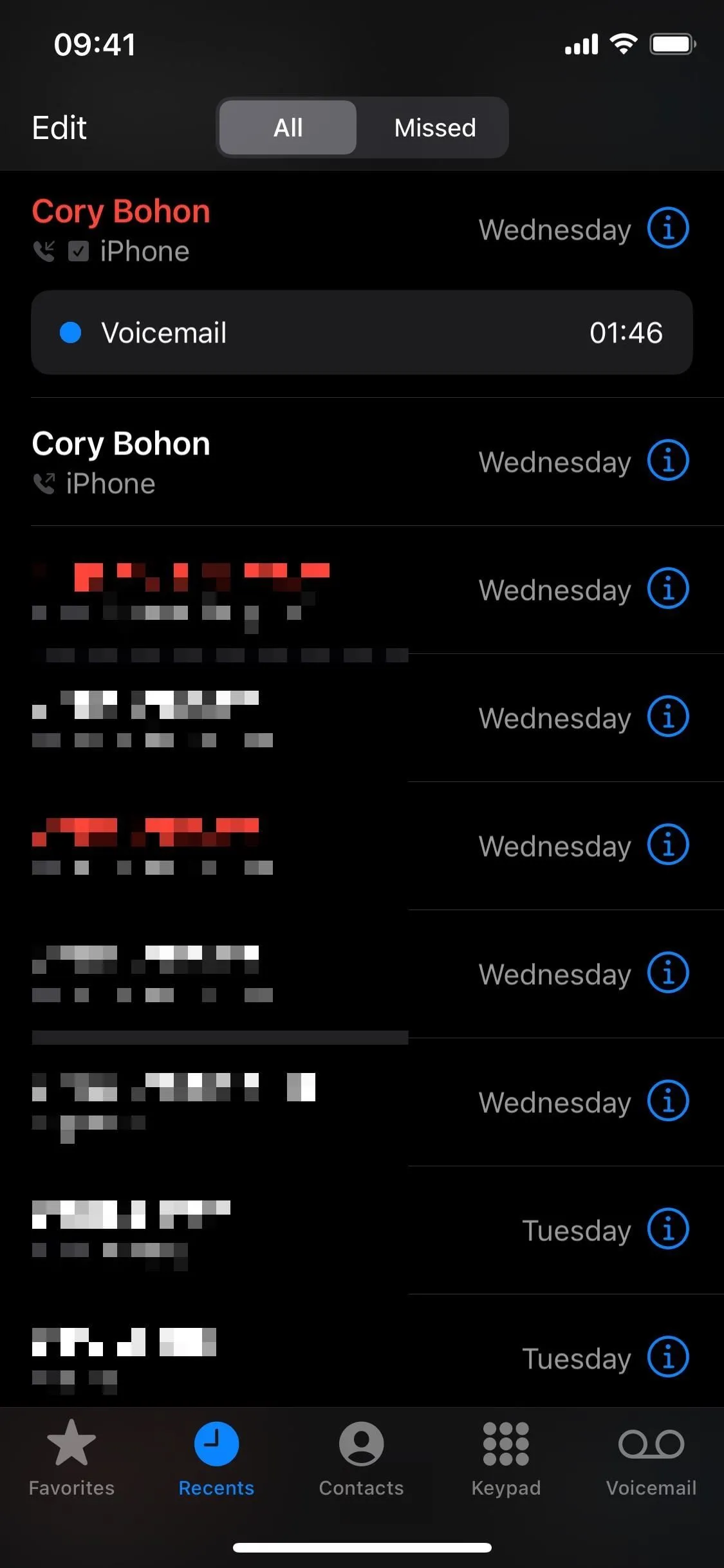
If your carrier does not support Visual Voicemail, you may not see anything in the “Voicemail”tab but may still see the Live Voicemail messages in the “Recents”tab under the missed call. That may be the case for some mobile virtual network operators (MVNOs) like Google Fi, which has visual voicemail in its own app, and Page Plus, which doesn’t support visual voicemail at all.
Live Voicemail is still in beta, so things may change. For example, if you’re on iOS 17 with Google Fi as your carrier, you may only see Live Voicemail recordings in the “Recents”tab. Still, you may see them in the “Voicemail”tab if you have a second carrier plan on your iPhone, whether active or inactive. Honestly, it may or may not show in the “Voicemail”tab either way since this is a beta, and the final version of the feature may bring some consistency of what to expect.
Disabling Live Voicemail
This feature is helpful in screening your callers — and for finding out which unknown callers might be scammers your carrier isn’t blocking — without wasting time answering a call. This is why Apple has turned on this Live Voicemail by default. But it’s easy to disable if you no longer want Live Voicemail and want to return to the old way voicemails worked on your iPhone. Go to Settings –> Phone –> Live Voicemail to turn it off.
- More Info: How to Disable iOS 17’s Live Voicemail on Your iPhone’s Incoming Call Screen
Beta Pains
Being a beta feature on iOS 17, your mileage may vary when using Live Voicemail transcriptions. As of iOS 17 beta 4, there are a few bugs that Apple notes with Live Voicemail, most notably:
- Live Voicemail can’t be shared. (link)
- Voicemail notification sound will play even when the device is set to silent mode. ([https://developer.apple.com/documentation/ios-ipados-release-notes/ios-ipados-17-release-notes#Live-Voicemail link)
- Manually deleted voicemails might still appear on a paired Watch. (link)
- If Silence Unknown Callers or Do Not Disturb is enabled during Live Voicemail, tapping on the voicemail icon in the status bar or Dynamic Island will open an empty window with no voicemail transcript. (link)
